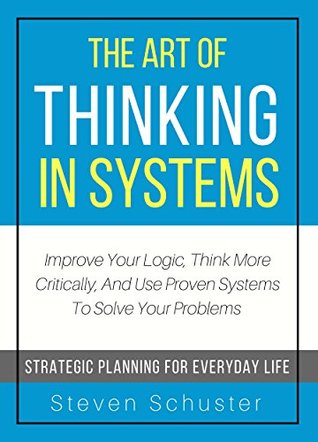More on this book
Kindle Notes & Highlights
Read between
March 25 - March 31, 2018
Systems thinking means looking at the big picture first, then digging in deeper to examine its parts and focusing on the relationships between them.
Jate Saitthiti liked this
Anytime we can create habits in our minds, we save time, because we can do things without having to consciously think about them, and thus our brains are free to think about other things.
Making an investment by taking some time at the beginning to solve a problem, either by changing a system that isn’t working or creating a new system, will save so much more time in the long run.
A system is a group of things that are interconnected and demonstrate their own behavior pattern over time.
It is impossible to know the behavior of a system just by knowing the parts that make up that system.
Systems are made up of three parts: elements, interconnections, and a function or a purpose.
The word “function” is used when talking about a non-human system, and the word “purpose” is used for human systems.[iv]
One of the biggest problems with systems is that sometimes the purposes of the subunits of the system may combine to create a behavior no one wanted.
A system isn’t just a combination of parts. It can change and adapt as it tries to achieve its goals and protect itself.
Level 2 – Deep Awareness[x]
You would be able to read and comprehend the casual flow diagrams and simulations models that are a part of systems thinking, and even be able to think with feedback loops at a beginning level, but you would not yet be able to create good diagrams and models of your own.
Level 4 — Expert[xii]
If you are at the expert level, you are now able to use system dynamics to create your own simulation models.
Linear thinking is usually concerned with focusing on symptoms.
You have tried to solve the problem repeatedly and haven’t been successful — if you keep trying to solve a problem, but it changes into a related issue or keeps turning up again like a bad penny — the odds are good that you haven’t uncovered the real problem yet.


